Facebook Ads Guide And Affiliate Marketing Strategies
I am an affiliate with links to an online retailer in this blog post. When you read what I have written about a particular product and click on that link and buy something from the retailer, I can earn a commission. Please note that I only recommend products that I truly believe in and use in my business. Please read my full disclaimer here
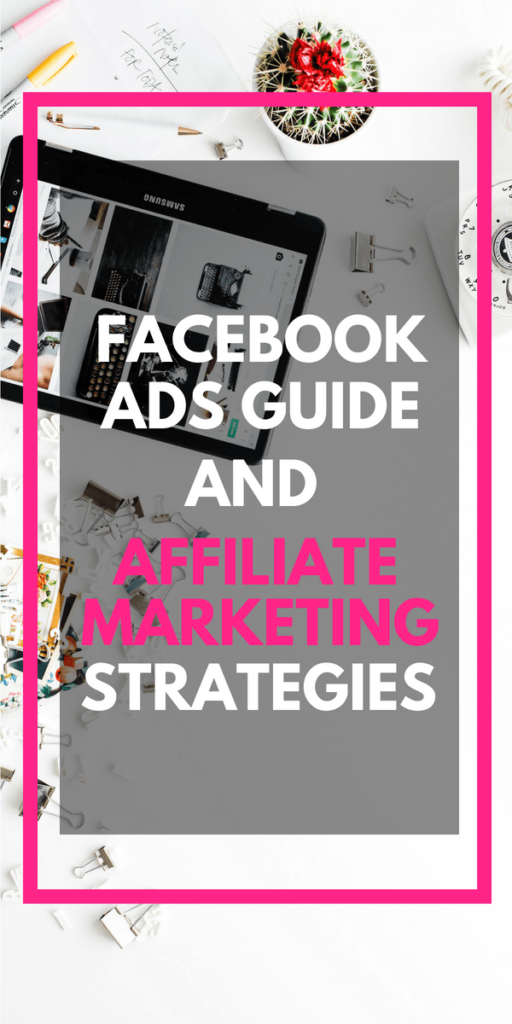 There are many traffic sources that you can use to promote your affiliate offers but in today’s post I am going to show you four different strategies that you can use to promote your affiliate offer using Facebook ads.
There are many traffic sources that you can use to promote your affiliate offers but in today’s post I am going to show you four different strategies that you can use to promote your affiliate offer using Facebook ads.
One of the reasons why I like Facebook ads is because you can quickly launch a campaign and get sufficient data to help you decide whether a campaign will be profitable in a short space of time.
It is also easy to scale an advertising campaign once you have found one that is profitable. By scaling it, I mean you can add more money to your advertising spend and then make more money on the output from your affiliate offer.
Whilst Facebook ads has powerful data points to help you identify your target market which makes it a very popular platform amongst advertisers, with the recent Cambridge Analytica Data Scandal it is also difficult to have your ads approved if you are promoting an affiliate offer.
This is because Facebook does not permit certain types of advertising campaigns and if it does, you must be very careful the angle that you’re taking when promoting the offer.
For that reason I thought it would be helpful to you guys to understand different angles that you can use to promote your affiliate offers using Facebook ads.
Here’s What You Will Learn:
- How to know whether your affiliate offer is compliant with Facebook Ads
- How to promote your affiliate offer via a blog post
- How to promote your affiliate offer via a bridge page
- How to promote your affiliate offer via a sales funnel
- How to do direct linking of your affiliate link without getting in trouble
- How to set up your Facebook ad
How To Know Whether Your Affiliate Offer Is Compliant With Facebook Ads
One reason why new affiliates get their ad account banned or suspended on Facebook, is because their affiliate offer is not permitted on Facebook.
Like any advertising platform, Facebook has rules and guidelines that assist advertisers in understanding what Facebook does and does not accept.
Therefore before you even start an advertising campaign on Facebook, take the time to read their Advertising Policies to see whether your affiliate offer or product is accepted on the platform.
When reading the policies, pay attention to the restricted and prohibited content.
Prohibited content means that the product or service is not allowed on Facebook. Restricted content means that whilst the product or service may be allowed on Facebook, there are additional requirements that must be met for the ad to be approved.
Therefore although your product or service may fall under the prohibited content category, there is still a chance that your ad could be disapproved if it does not fully comply with Facebook’s requirements.
So let’s look at an example.
|Supplements
Most offers promote some type of supplement – hair supplements, weight loss supplements, skin supplements. If you have decided that this is a product you’d like to promote, this is a restricted product on Facebook.
Their advertising rules say that “adverts that promote acceptable dietary and herbal supplements may only target people who are at least 18 years of age.”
Now whilst you may think that all you have to do is set your targeting to persons over the age of 18 years, closely consider that the product must also be “acceptable” to Facebook.
How Facebook defines the word “acceptable”, it is not quite clear. You will see from the above screenshot that they have merely listed examples of supplements that are not permitted but this is not an exhaustive list.
For this reason and because of the ambiguity and uncertainty over the type of supplements that can and cannot be promoted, it is best to avoid this product in your Facebook ads to avoid your ad account from being suspended.
If you are convinced that your product is allowed and safe to be promoted on Facebook, you can also reach out to a member of the Facebook support team with your proposal before you start your ad.
You should note however, at least from my experience, that some of the support team merely repeat what is included in the Advertising Policies and offer nothing different than what is already stated there.
How To Promote Your Affiliate Offer Via A Blog Post
Once you have decided on a Facebook compliant product or service let’s talk about how you can promote that offer.
Most people do not want to do the extra work of creating content to sell a product so they link directly to the site. There are a few instances when direct linking may be the best and I shall discuss that later.
I find that the best way to promote any product, whether it is an affiliate product or not, is by a blog post.
A blog post helps to deliver value to your reader and gives them insight into the product that you’re offering.
With a blog post, you are taking the Facebook user from off of Facebook and directly to your blog. This is a great strategy because you own the blog, you are free to include as many affiliate links as you want. You can also hyperlink text on your blog so that your affiliate link is not easily identifiable.
Whilst the Federal Trade Commission mandates that bloggers must prominently disclose their affiliate relationship, the ad to blog post method removes any suspicion from the Facebook user that they are being directed to an affiliate site.
As an affiliate another reason why the ad to blog post method is attractive, is because you can write compelling content that encourages Facebook visitors to click on your affiliate link thereby leading to more sales conversions.
I particularly like this method and have used it in many of my Facebook ad campaigns. In fact in my latest eBook, Make Money With Small Blogs, I provide a step-by-step breakdown of how this strategy earned me a return on investment of x2.7 with an affiliate product.
To use this method you will need to set up your own blog. You can start a small blog with Bluehost for as little as $3.95 per month.
If this interests you, then be sure to follow my step-by-step tutorial on how to start a blog with WordPress.
You can also use other content management software like LeadPages or Clickfunnels. I use LeadPages to create my small blogs for Facebook advertisements.
How To Promote Your Affiliate Offer Via A Bridge Page
If writing content in the form of a blog post is not your thing, then a more simple method is to use a bridge page.
A bridge page, is any page where you take the visitor to a single website before directing them to the affiliate offer.
Your bridge page can have content on it if you want to, such as an image, text explaining to the user why they arrived at the page and a call to action button.
Here are two examples of simple bridge pages used for affiliate offers.
When the user lands on the black mask bridge page, the affiliate link is embedded in the call to action button “Yes! Instantly Apply My 65% Discount”. On clicking that button they are directed to the affiliate product.
The same for the Gentleman’s Beard affiliate product. The affiliate link is embedded in the “learn more” button.
By using this method you are using a simple way to introduce the Facebook user to your affiliate product instead of sending them directly to the affiliate offer.
This bridge page is useful for many purposes:
- You can track individual campaigns using a tracking link provided by Clickmagick. Clickmagick is a tracking tool that all affiliate marketers should have in their arsenal to track their campaigns and make it profitable.
- The tracking link can be installed on the bridge page’s call to action button if you’re trying to understand which Facebook audience interest clicks on the call to action button to learn more.
- You can track the performance of the bridge page which can result in higher conversions. If people are not clicking on the call to action button, then it means your bridge page is not effective and so you can work on improving it.
- You can pre-sell the affiliate product on the bridge page if you want to. You will notice on the Black Mask bridge page a video is included. This video can be used to pre-frame the visitor for what they can expect when they visit the affiliate page.
To create your bridge page you can use many content management sites. I use LeadPages to build my bridge pages. You can also use Clickfunnels or WordPress.
How To Promote Your Affiliate Offer Via A Sales Funnel
In addition to a blog post, sales funnels are an excellent way to promote an affiliate product. This may take some creativity and time from you but it is worth it.
To use this method you will need the following:
A lead magnet – a product that you can give away that is relevant to the affiliate product and which is considered to be of a high perceived value.
A sales funnel which can comprise two or three pages. So you may have a lead capture page that takes the lead to the affiliate offer or a lead capture page that takes the lead to a pre-sell page then the affiliate offer.
An email autoresponder. Because you are building an email list using this method, you will need an email follow up sequence. Most affiliate offers provide you with affiliate tools which include email scripts.
Keep in mind that by using this method, the prospect’s journey is longer so any sales conversion can be delayed and may require more advertising spend to test whether the affiliate offer converts.
By using a sales funnel in your Facebook Ads you keep your affiliate link off of the Facebook platform and if you are strategic enough with your content, you can promote affiliate products that are likely to be disapproved on Facebook.
For example, let’s say you want to promote diet supplements but you are not sure whether it is permitted on Facebook. You can create a sales funnel that gives away a lead magnet promoting healthy living then only when the lead enters your email list you can start promoting the affiliate offer.
I would like to add as well, that this method can also be risky as some advertisers claim that Facebook inspects your funnel as well as your emails by opting into them, to keep out prohibited business models.
In my opinion this is quite an extreme level of safeguarding their platform, but I thought I would mention it so you are aware of it.
How To Do Direct Linking Of Your Affiliate Link Without Getting In Trouble
Sometimes writing a blog post, using a bridge page or building a sales funnel, does not convert your traffic.
It happens.
You may think that you have the best content but for whatever reason Facebook users are not converting with it.
This is where direct linking may be an option and I would recommend that this is used as a last resort.
Why should it be a last resort?
Because you can lose a lot of money if there are very little affiliate tools to properly track your marketing efforts.
If your affiliate tools enable you to track your affiliate campaigns and add pixels to the sales page, then it can be to your benefit as you can then use the data you gather to retarget your visitors.
If not then you are likely to lose a lot of money and diminish your chances of securing a return on your investment.
Also, because links are long and appear ugly, they can be seen as spammy and Facebook does not like this. If many affiliates are using direct links in their Facebook ads, Facebook tracks the link and blacklists it. When the link is blacklisted, Facebook can suspend your ad account.
As long as you are aware of this and understand the risk, here is a pretty good hack that I use to link my ad directly to an affiliate offer.
To tell whether an affiliate link can be directly linked to an ad, include the link in a Facebook chat or try and post it on your Facebook personal profile.
If you get the error that the link is blocked, then you should not use it directly in your ad as you run the risk of your ad account being suspended for using malicious and suspicious content.
If the link is blocked on Facebook, even masking the link using a tracking link or a domain forwarding service can still prevent you from promoting the product as Facebook has a robust system where they scrape data from your landing page and look for trigger words that can cause your account to be suspended.
Therefore this is a warning that you should not take that risk. Before putting an affiliate link in your ad, use the method that I teach you above to determine whether it is blacklisted or not.
If the link is not blacklisted, be sure to review Facebook’s Advertising Policies to ensure that the product you’re promoting is permitted by Facebook and if it is, consider masking the link using a link shortener like Bit.ly or a custom domain link tracker by Clickmagick.
To hide the link completely from Facebook’s users, when building your ad, you can include the link in the website URL field only instead of the text box along with your ad’s content.
How To Set Up Your Facebook Ad
Now that you are familiar with the number of ways that you can promote your affiliate link with Facebook Ads, I will quickly show you how to create your first Facebook Ad.
It’s really simple and takes less than 10 minutes.
Watch the video below.
Wrapping Up
You can become successful as an affiliate marketer with Facebook advertising as your traffic source.
Facebook Ads is a high quality platform for driving targeted visitors to your offers and if you play your cards right, you can end up earning a lot of affiliate commissions.
As an affiliate if I were you and you wish to master Facebook ads, I would recommend spending a small budget like $100 to $300 per month testing various affiliate offers.
When you find an offer that converts well, cut the losing ad campaigns and scale the winning ad campaigns.
Whilst I have given you a small overview of the Facebook ads and affiliate marketing process, there is so much more to learn about using Facebooks ads for your affiliate marketing campaigns.
My latest eBook, How To Make Money With Small Blogs is a useful and helpful resource that teaches you how to promote small niche affiliate blogs using Facebook Ads.
I give away my Facebook Ads strategy that I continue to use over and over to get visitors to click on my link and check out my offer for sometimes less than $0.25.
With other traffic sources like Bing Ads or Google Ads you could pay up to $1.50 or even $6 per click. So if you’d like to see how you can save money using Facebook Ads, then the information that you will learn in my eBook will be a valuable outlet.
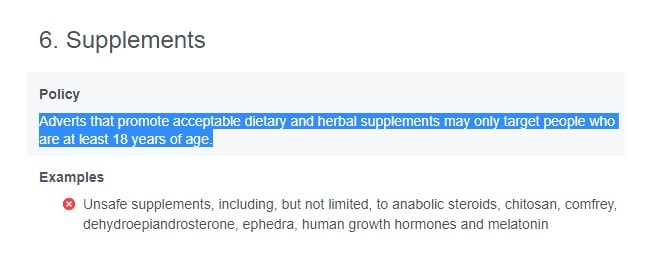
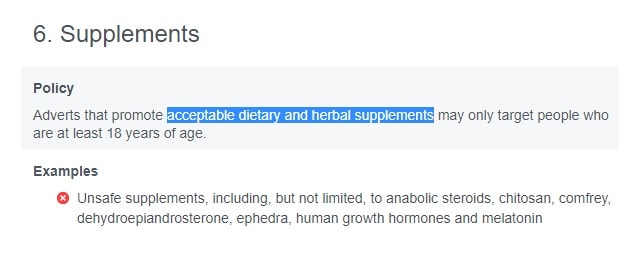
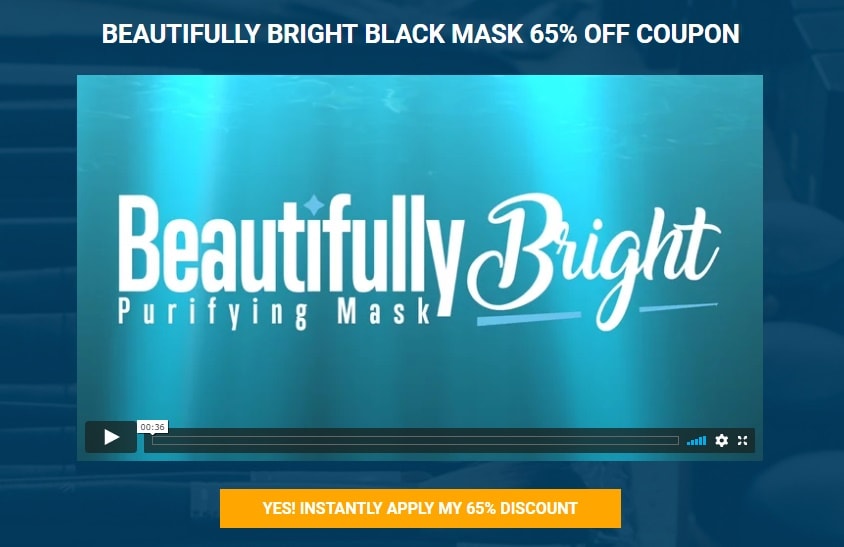


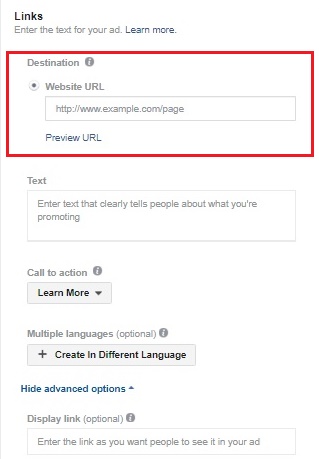
 Previous Post
Previous Post Next Post
Next Post
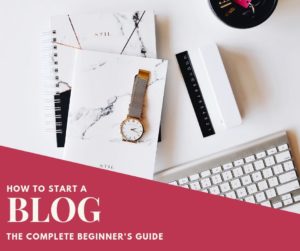
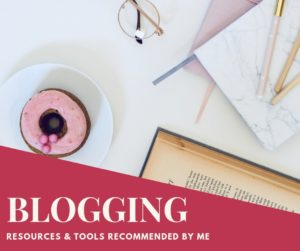



Hello, great post you have. May I know, with a bridge to promote affiliate offers, will FB ban our business account?
Hello, I just want to thank you for this amazing article which is really very helpful and I have read your complete blog and I found something new here, so thank you again and keep posting and update with new things.
Hi Ankita. Thanks for reading. Your comment gives me inspiration to keep going so it helps me, just as much I would like to help you. <3
Hello Joe, you’re welcome. You can use a bridge to promote your affiliate offers but just make sure that your bridge page is compliant with FB ads policies.